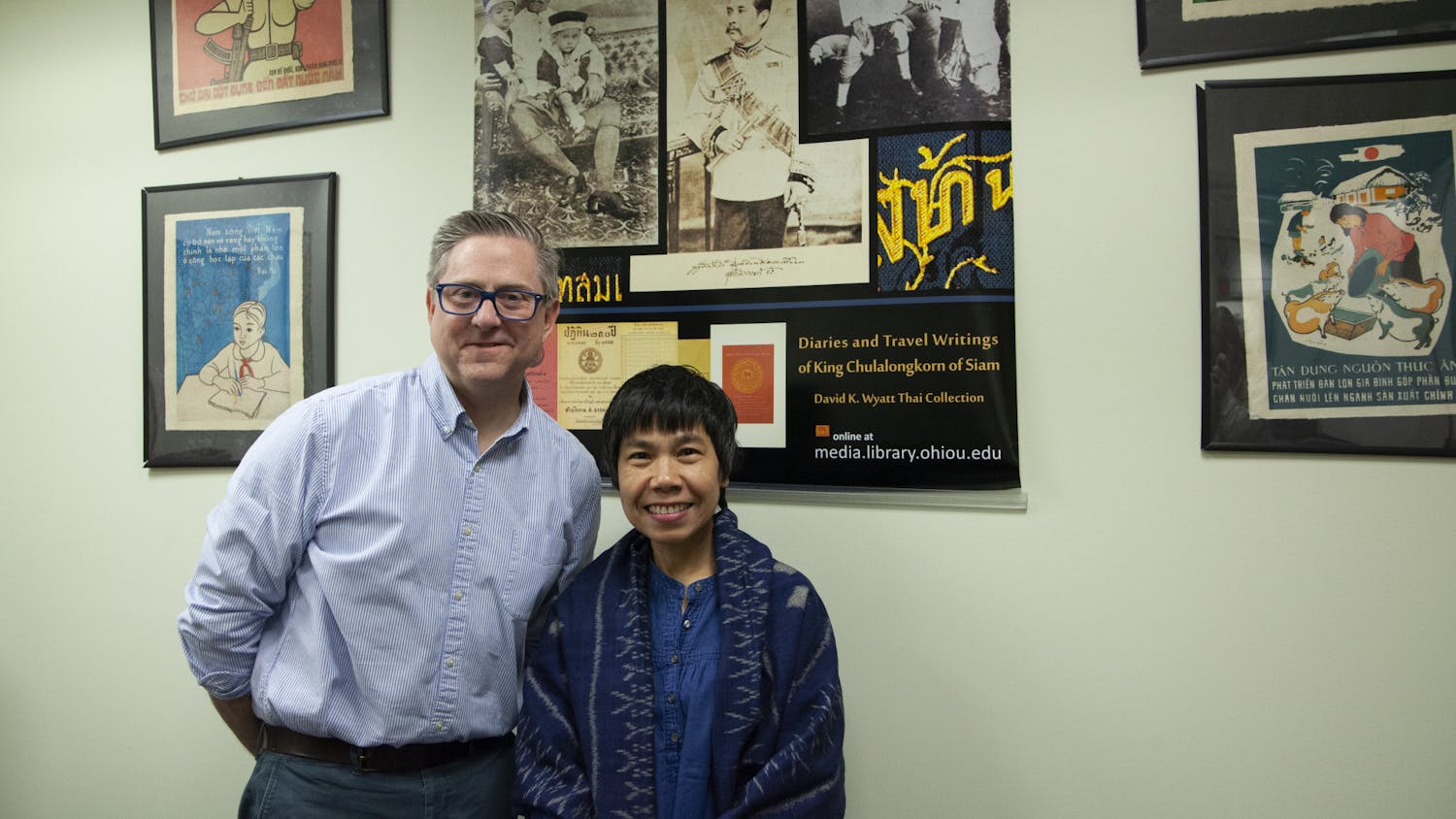Buying romance might sound strange, but it has become the norm for people celebrating Valentine’s Day.
After World War II, the United States made a major shift from an industrial economy to a consumer economy. That change made a difference in how advertisers communicated messages to audiences, Kelly Choyke, an adjunct professor in women's, gender and sexuality studies, said.
“In a consumer society, we advertise lifestyles not necessarily a product,” she said.
Before the 1950s, holidays such as Valentine’s Day and Christmas weren’t focused as much on gift-giving, she said. But the holiday has evolved over the years. For Choyke, it asks the question, "Does this holiday only have meaning now because we’re buying things?"
Loran Marsan, an assistant lecturer in women's, gender and sexuality studies, said people show love by buying rings or flowers instead of giving affection.
Roughly 61 percent of consumers celebrate Valentine’s Day and spend more than $100 on average for presents, according to Statistic Brain.
Decades ago, a jewelry company campaign enforced the notion of buying love when there was a surplus of diamonds. And now it has become essential to have diamonds in engagement rings, Marsan said.
People relate their value as a person to the quantity and quality of gifts they receive from others, Choyke said. With the growth of social media, users are provided an easy way to compete with one another by comparing presents.
The expectations for a great gift from your partner are unfairly high because many of the typical Valentine’s Day gifts, like flowers or chocolate, don’t last very long, she said.
Fifty-three percent of women said they would end their relationship if their partner didn’t buy them something on Valentine’s Day, according to Statistic Brain.
Carla Childers, an associate professor of marketing, said the demand for Valentine’s Day products is thriving. Cards are no longer popular gifts, but candies and flowers still dominate Feb. 14, she said.
Valentine’s Day is the second biggest day for the floral industry with choices such as roses, lilies, carnations and tulips reigning supreme, according to Fortune. Floral shops produce an average number of 198,000,000 roses for the holiday.
Major brands also sell special editions of popular products, Childers said, which makes them seem unique.
People will buy their loved ones presents each year because, unlike Christmas, Valentine’s Day feels more like a one-day occasion, she said. People don’t have to attend multiple celebrations or spend money on all their relatives.
But store shelves are lined with pink and red products as early as Dec. 26. Consumers must prepare for Valentine’s Day months ahead for companies to think that’s a smart decision, Childers said.
“They wouldn’t waste shelf space if it was too early for them,” she said.
There are alternatives to shelling out a lot of cash on a gift such as cooking dinner, saying reassuring words or making something, Marsan said. People can also spend money on an experience instead.
Showing love and thinking about partners shouldn’t be restricted to one day, she said. But it might make some couples more romantic than usual.
“I think you should celebrate your love when and where you want to,” Marsan said. “If this gives you the opportunity to create that space to do so, then I say that’s what’s beneficial about it.”






